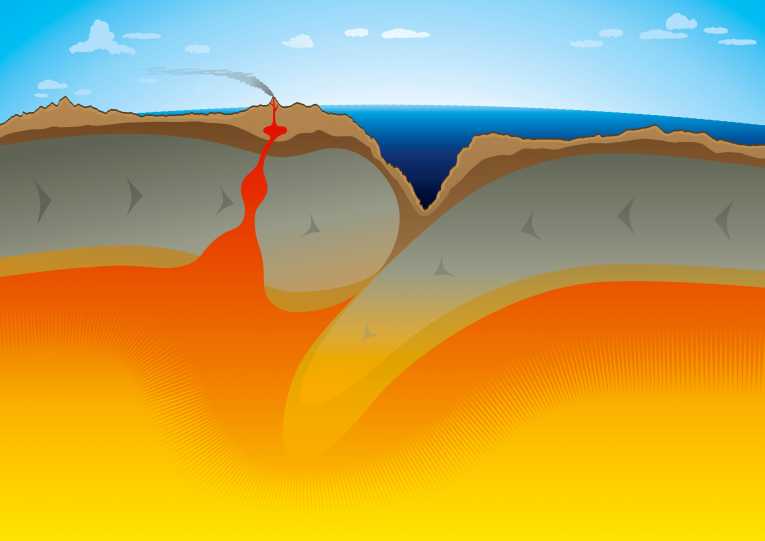The continental USA sits on the North American Plate which shares near coastal boundaries with the Caribbean and Pacific Plates and two smaller tectonic plates. Earthquakes are a geological fact of life in America, but the nation has escaped a major earthquake for more than 100 years and this, according to a report by the National Research Council (NRC) has led to a false sense of security in Americans. America has suffered moderate to strong earthquakes in recent decades, but these have struck in sparsely populated regions.
The report was largely prepared before the devastating magnitude 9 earthquake and ensuing tsunami struck Japan on 11/03/11, but points out that Japan is regarded as the best prepared nation for earthquake resilience.
The committee pointed out that a recent earthquake scenario for Los Angeles, involving a magnitude 7.8 event predicted ''staggering losses''; it also noted how Hurricane Katrina had demonstrated the lack of disaster resilience in the USA.
The National Earthquake Hazards Reduction Program (NHERP) was established in 1977 as a multiagency program led by the National Institute of Standards and Technology and including the US Geological Survey, the National Science Foundation and the Federal Emergency Management Agency.
The NRC report outlines a 20 year plan designed to improve America's resilience to a major earthquake and endorses the NEHRP 2008 strategic plan which involves an 18 task ''road map'' to develop the nation's capacity to recover quickly from a major earthquake and ensure continuance of important community functions. It highlights the need to diffuse the expertise gained by NHERP into communities at risk from an earthquake.
NEHRP received $129.7 million in funding in 2009 and the cost of providing greater earthquake resilience to America is put at $306 million annually for the first five years of the plan. In the continuing aftermath of the global financial crisis, it may be difficult to obtain the funding, but if the costs are set against the estimated costs in Japan for reconstruction following the March 2011 quake of $309 billion, the cost of failing to make the investment are likely to be far greater.
The ''road map'' of 18 items calls, amongst other things, for the deployment of the remaining 75% of the advanced, national seismic detection system which provides magnitude and location information on seismic events and would underpin many of the other tasks. Other areas include research into making new buildings more resilient to quakes and enhancing the resilience of existing structures. The report also calls for new standards to ensure that lifeline services (electricity, highways water supply) would continue to function after an earthquake. Certainly, the tragedy which befell Japan on 11th March will concentrate minds in many earthquake prone regions.










